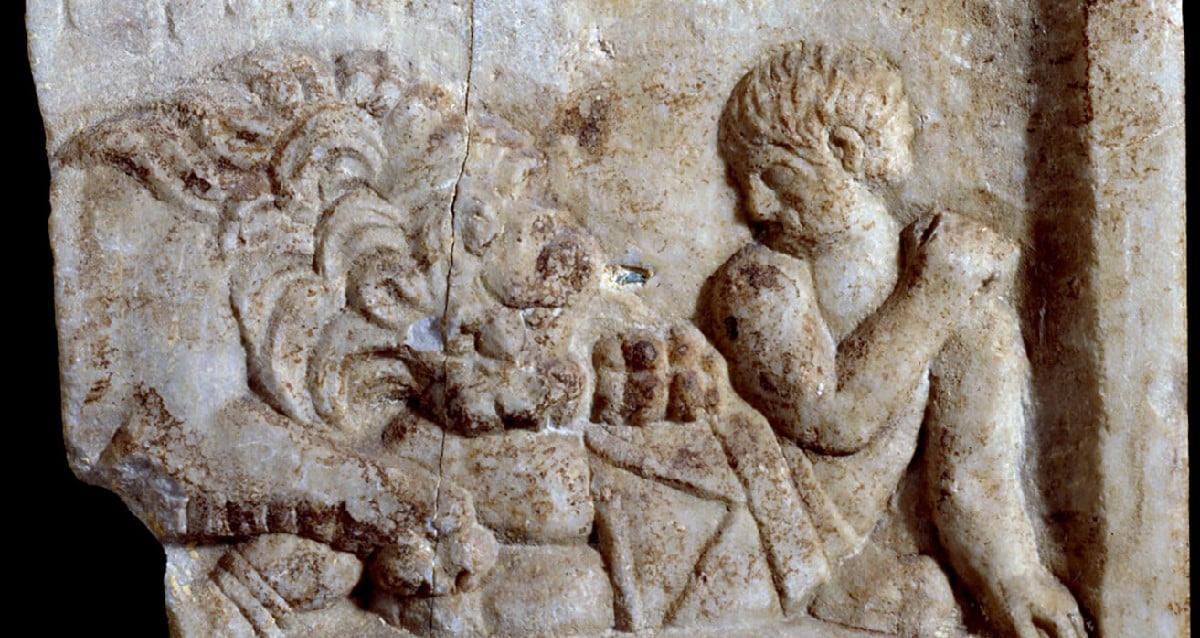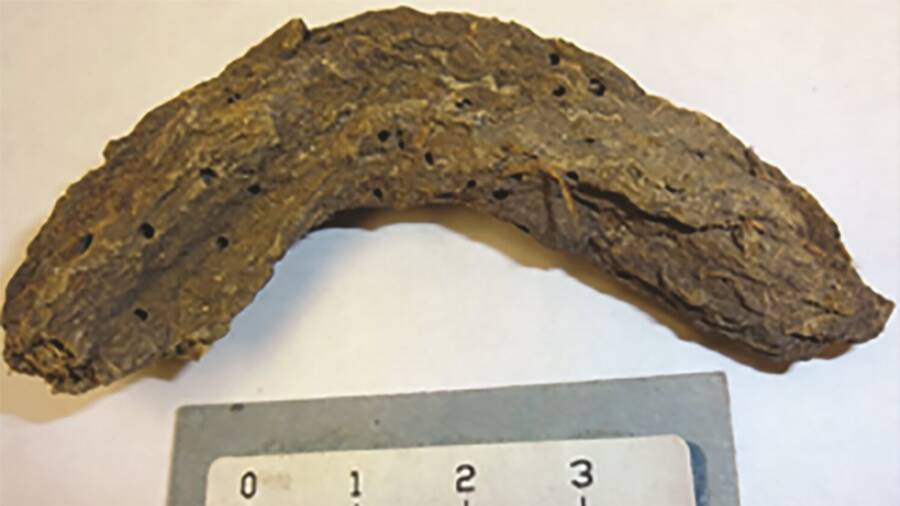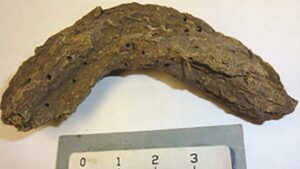Stunning Discovery Unveils Shocking Gladiator Battles Against Lions in Ancient Rome

Wikimedia CommonsA mosaic showing different kinds of venationes.
Though it’s unknown how the mauled gladiator in York came to fight the lion — gladiators were often slaves, prisoners of war, criminals, or even volunteers — archaeologists have gleaned some clues from his remains. The doomed gladiator was malnourished as a child, he had spinal problems possibly caused by overloading on his back, and he suffered from inflammation of his lung and thigh. When he died, he was buried with two other men and covered up with horse bones.
“This latest research gives us a remarkable insight into the life – and death – of this particular individual, and adds to both previous and ongoing genome research into the origins of some of the men buried in this particular Roman cemetery,” David Jennings, CEO of York Archaeology, said in the statement.
He continued: “We may never know what brought this man to the arena where we believe he may have been fighting for the entertainment of others, but it is remarkable that the first osteo-archaeological evidence for this kind of gladiatorial combat has been found so far from the Colosseum of Rome.”
After reading about the gladiator who died after fighting a lion in ancient Britain, go inside the complicated question of why Rome fell. Then, discover the stories of some of the worst Roman emperors.



















